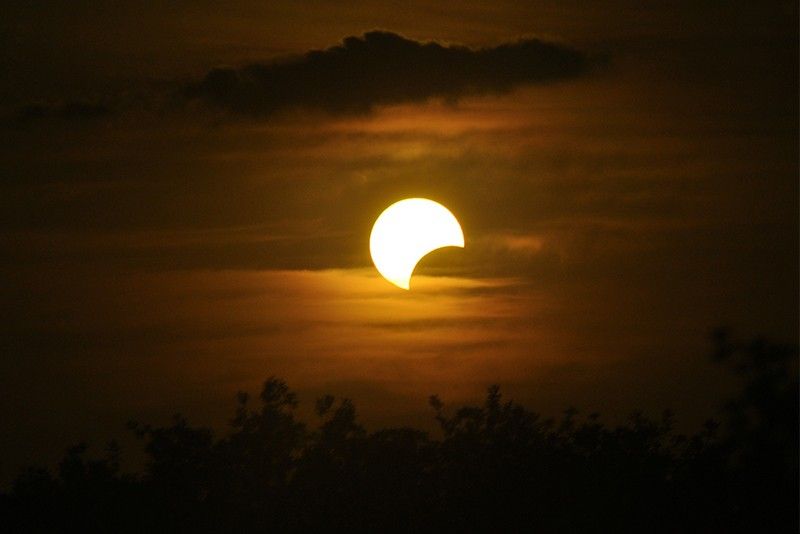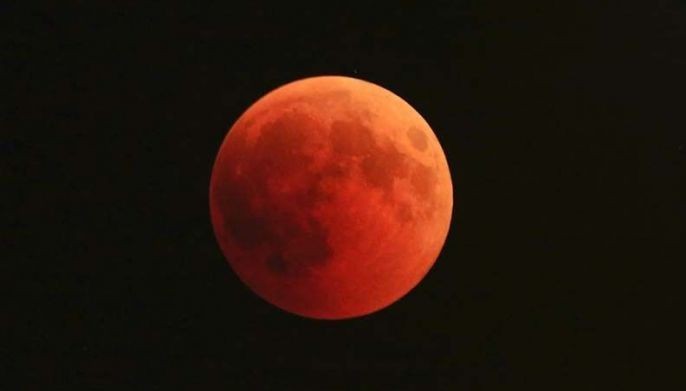Five eclipses skygazers can expect in 2019

MANILA, Philippines — People can look forward to five eclipses in 2019, according to an astronomy magazine, which said the events occurring this year would be “interesting.”
According to Sky & Telescope magazine, a solar eclipse occurs only at new moon, when the lunar disk passes directly between the Earth and sun. On the other hand, a lunar eclipse happens during a full moon, or when the moon passes through Earth's shadow.
“The mix of five events occurring in 2019 is especially interesting, because no two will be alike! There'll be three different types of solar eclipse — one each of partial, annular, and total — along with a total and a partial lunar eclipse,” Sky & Telescope magazine said.
Below are the five eclipses this year:
January 6: Partial Solar Eclipse
“The year starts off with a bang, eclipse-wise, with a partial solar eclipse during the first week of January,” the astronomy magazine said.
“But to see the Moon take its biggest bite out of Sun — the location of greatest eclipse — you'll need to venture to the bleak outpost of Srednekolymsk in central Siberia,” it added.
January 20–21: Total Lunar Eclipse
According to Sky & Telescope, this eclipse will last for almost three and a half hours.
Should weather permit, the duration would be just enough for spectators in the US to marvel at the celestial event and quench their more-than-three-year thirst for a total lunar eclipse, which was last experienced in the country in September 2015.
Many are calling this lunar spectacle a "super blood wolf moon" since total lunar eclipses are also known as "blood moons" and the first full moon in January is known as a "wolf moon."
July 2: Total Solar Eclipse
“The solar eclipse of July 2, 2019, offers up to 4m 33s of totality, nearly double that of August 2017,” Sky and Telescope said.
“However, to experience all that daylight darkness you’ll need to be bobbing in a remote stretch of the South Pacific Ocean some 700 miles north of Easter Island,” it added.
July 16: Partial Lunar Eclipse
This spectacle is timed best for eclipse-chasers in Europe, Africa, and (before dawn on July 17th) southern Asia and Australia, Sky & Telescope said.
December 26: Annular Solar Eclipse
The year will be closed with an annular eclipse that traces across the Eastern Hemisphere for some 8,000 miles (13,000 km) over the course of 3.3 hours.
“The event begins at dawn north of Riyadh in Saudi Arabia, with 2m 59s of annularity. Greatest eclipse (with a central duration lasting 3m 39s) comes in eastern Sumatra,” Sky & Telescope said.
- Latest





























